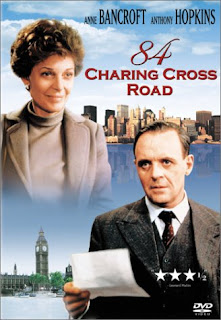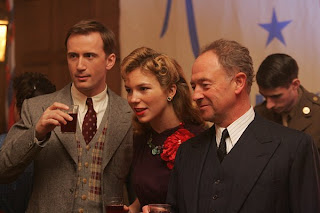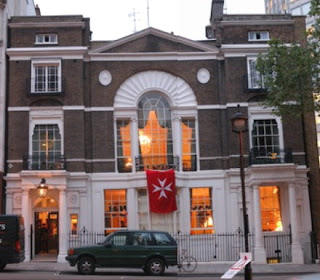Books, glorious books! What better reason to go to London than to browse the second hand and antiquarian book shops? Oh, the musty smell of the stacks, the light coating of dust atop the books, the heart stopping finds one occasionally makes! I once came home from England with, quite literally, a huge suitcase full of books. I crammed my personal items into a duffel and used the suticase for the books. The customs agent couldn’t believe it. Nor could either of us lift it.
On our London/Waterloo tour, Victoria and I have set aside a day to do the book shops on Charing Cross Road and the adjacent Cecil Court, to be followed by print buying at Grosvenor Prints.
Charing Cross Road runs immediately north of St Martin-in-the-Fields to St Giles’ Circus (the intersection with Oxford Street) and then becomes Tottenham Court Road.
Charing Cross Road is renowned for its specialist and second-hand bookshops and more general second-hand and antiquarian shops such as Quinto Bookshop, Henry Pordes and Any Amount of Books. Oh, the books I’ve found at Pordes! This trip out, I’ll be looking for letters, diaries and journals of the day(s), as per usual, and anything Regency, as per usual, and whatever else I may fall over that strikes my fancy, as per usual. And I must make a list of all the authors I want to search for – British authors whose books are hard to find here. I know that Victoria will be looking for books by Angela Thirkell.
Victoria and I will be ending our day at Grosvenor Prints. You’ll find in a previous post that I’ve already been to this printseller’s shop and bought a number of prints related to the Duke of Wellington. While they have a searchable online catalogue, the bulk of their stock is kept in folders in the basement and when you arrive, you can tell the salesperson what you’re interested in. Then you sit down to wait for a few minutes and they return from the depth with treasures untold. This time, Victoria and I are going to email ahead in order to let them know what we’re looking for and when we’ll be in. While I’ll be seeking prints related to the Duke of Wellington (surprise!), Victoria is looking to add to her collection of fashion prints from 1800 to 1820 and for engravings of Margaret Mercer Elphinstone, Princess Charlotte, Lady Melbourne, Lady Cowper, Lady Palmerston and other ladies of the period. We promise to let you know what we find.
Continued below . . . .
As a side note, I wanted to let you know about another Charing Cross Road. A long-standing correspondence between New York based author Helene Hanff and the staff of a now defunct bookstore on the street, Marks and Co., was the inspiration for the book 84 Charing Cross Road (1970). The book was made into a 1986 film with Anne Bancroft and Anthony Hopkins and also into a play and a BBC radio drama. Any bibliophile, especially an American bibliophile, will be enchanted by the letters that pass from Ms. Hanff to the staff and vice versa during her years of placing orders with them. Friendships develop, news is exchanged and family events shared. Both the book and movie are both charming and touching and highly recommended.










